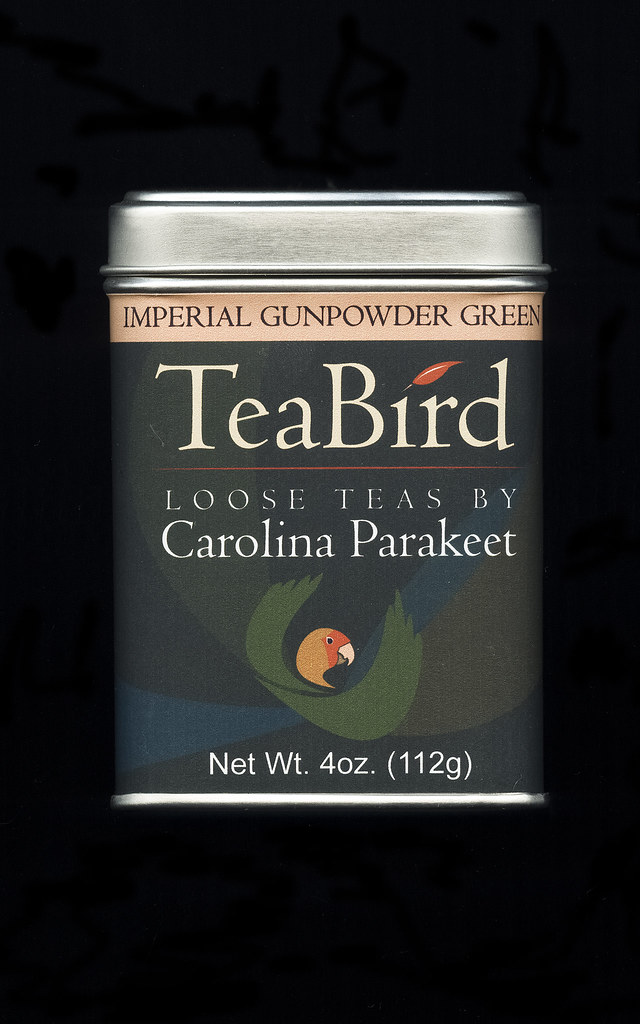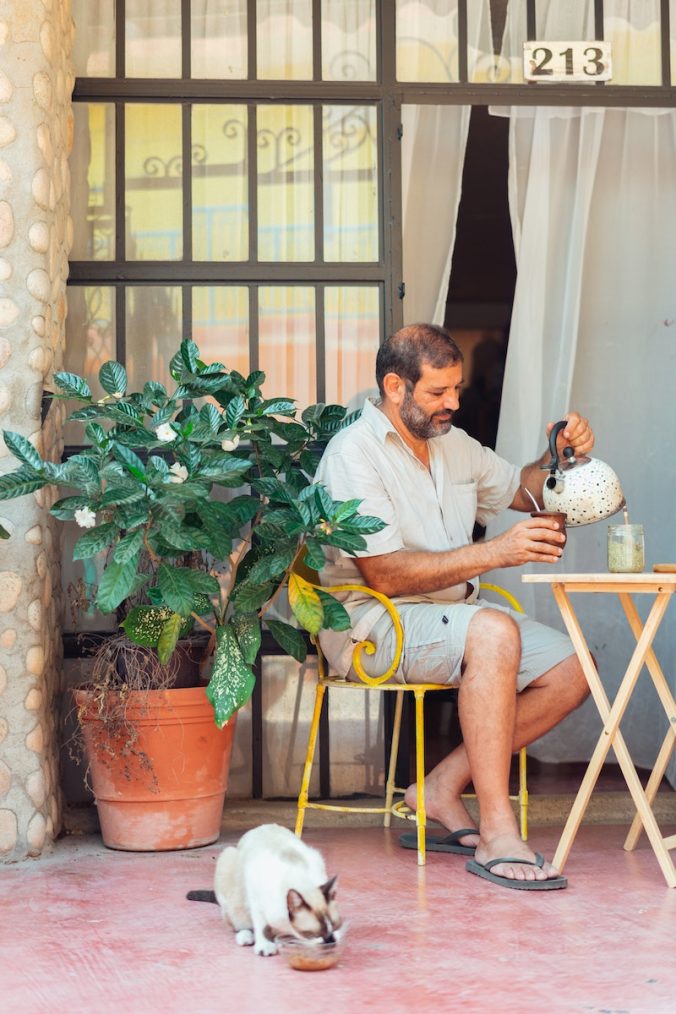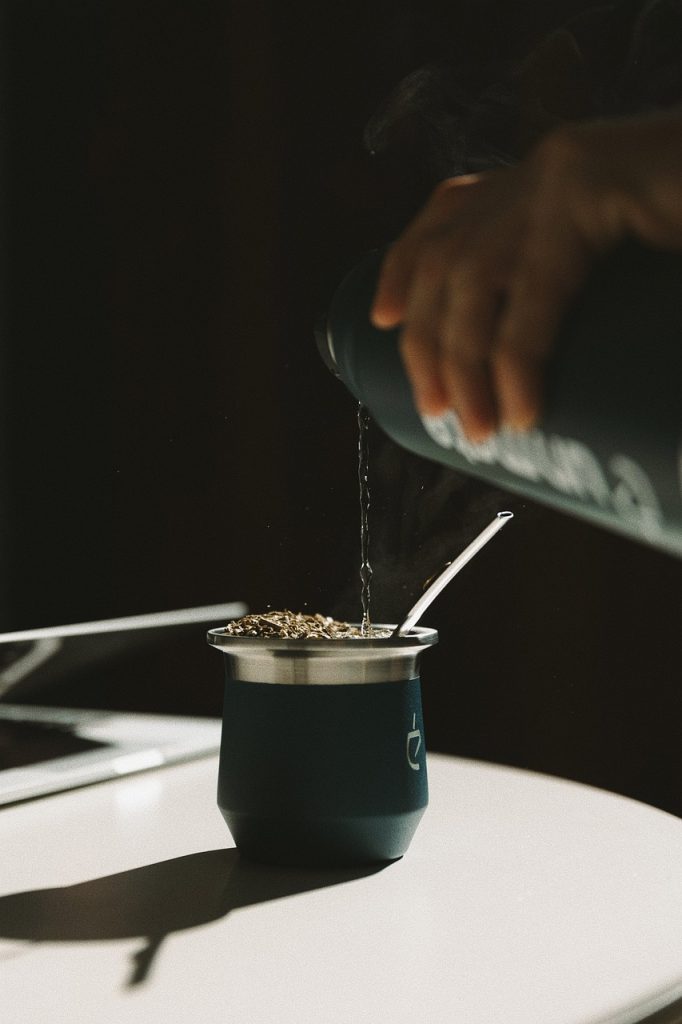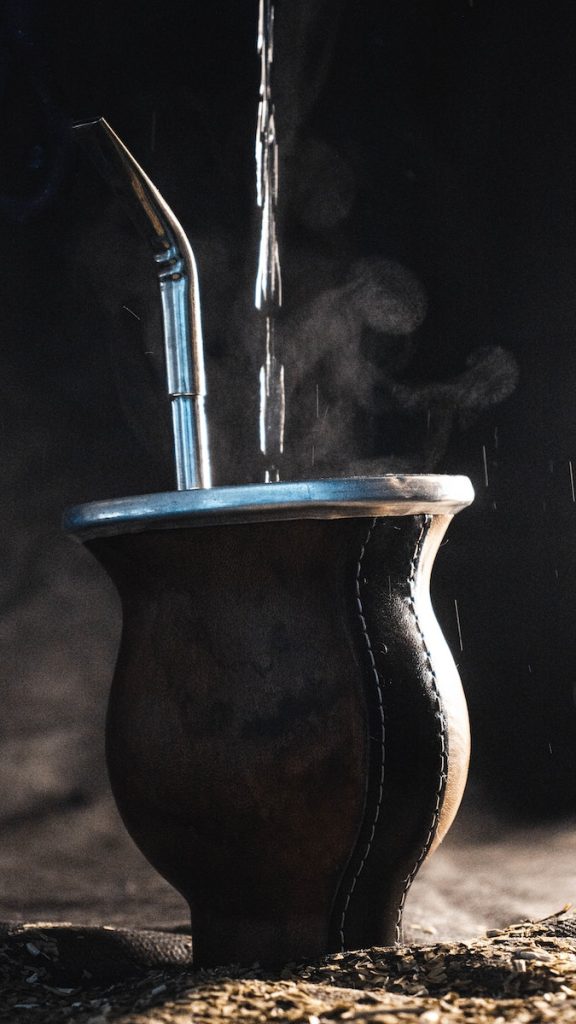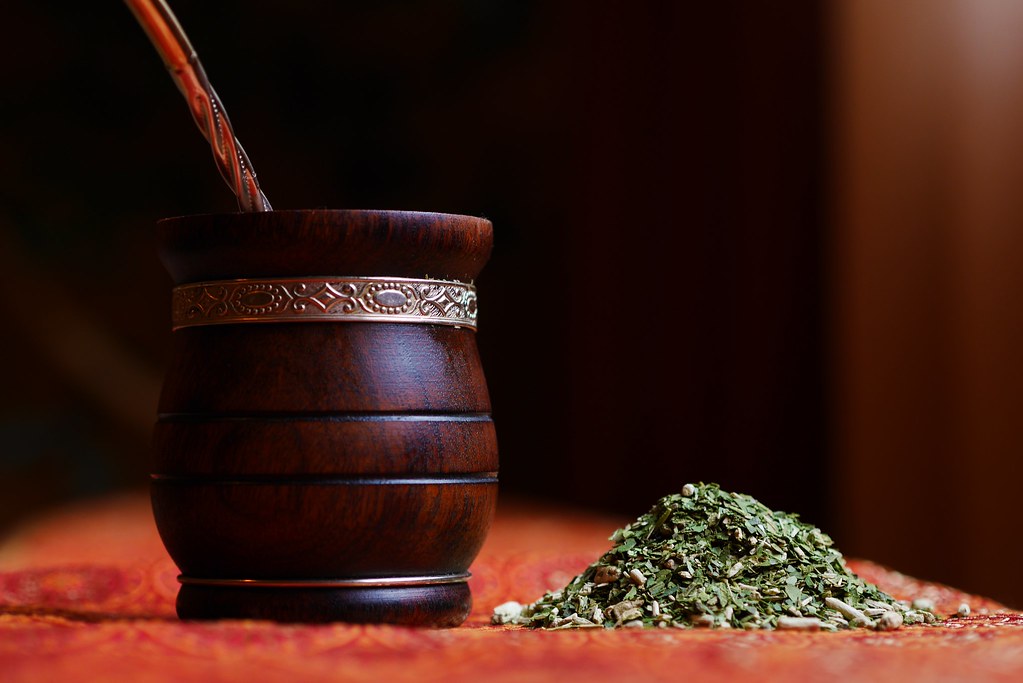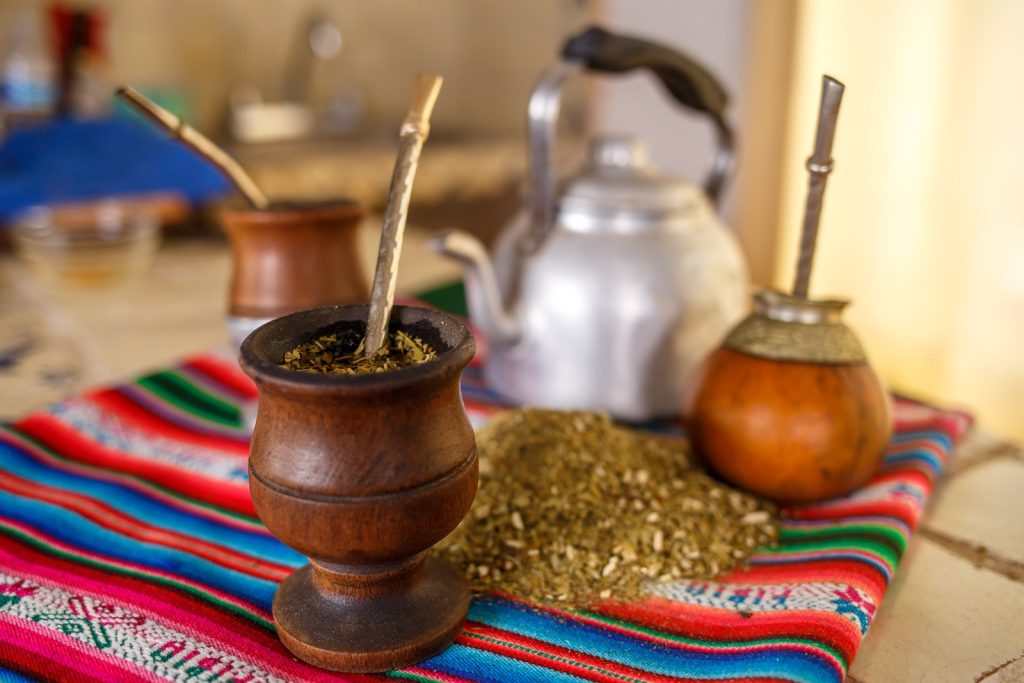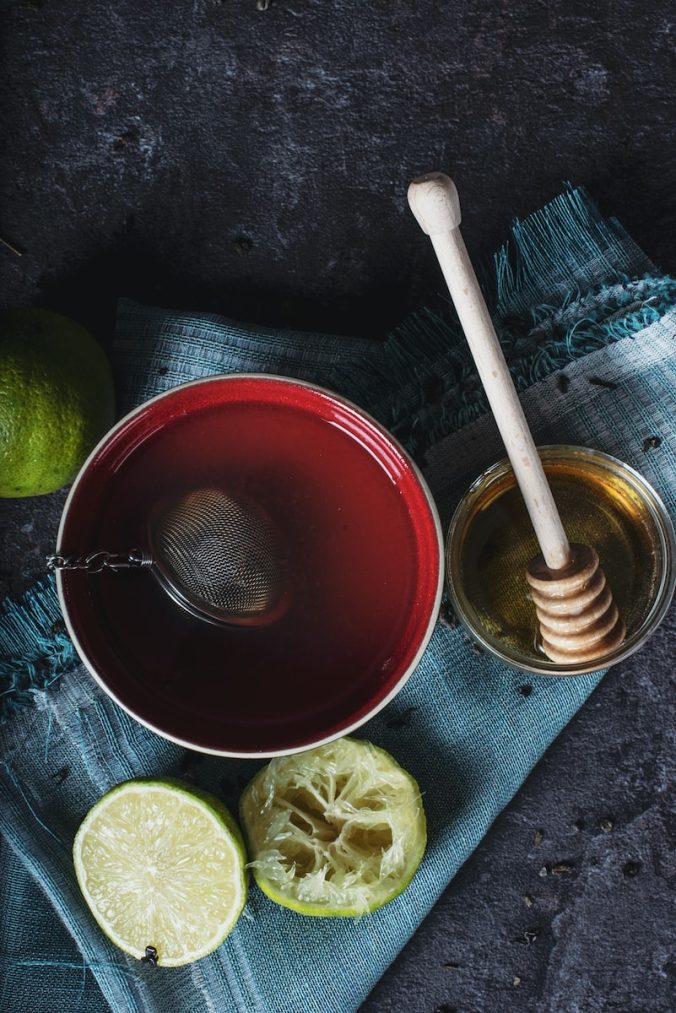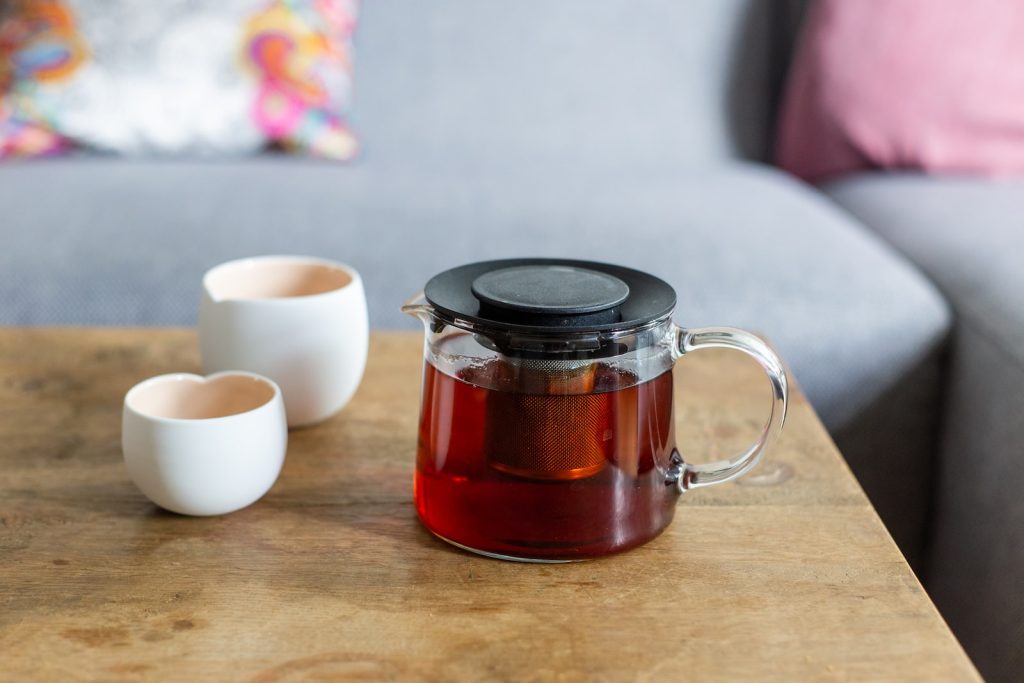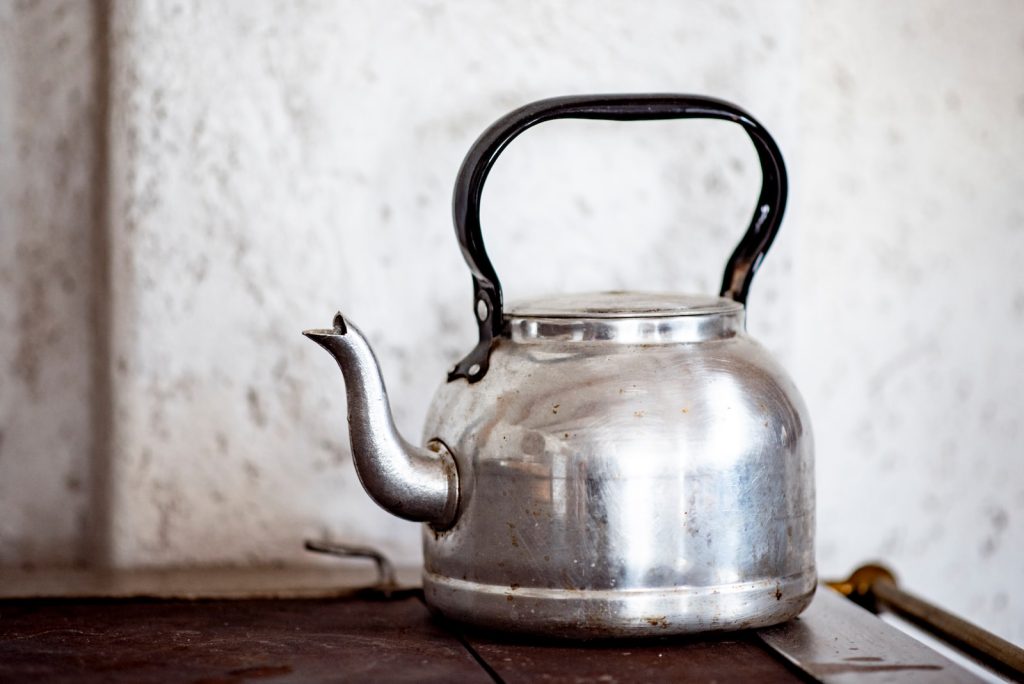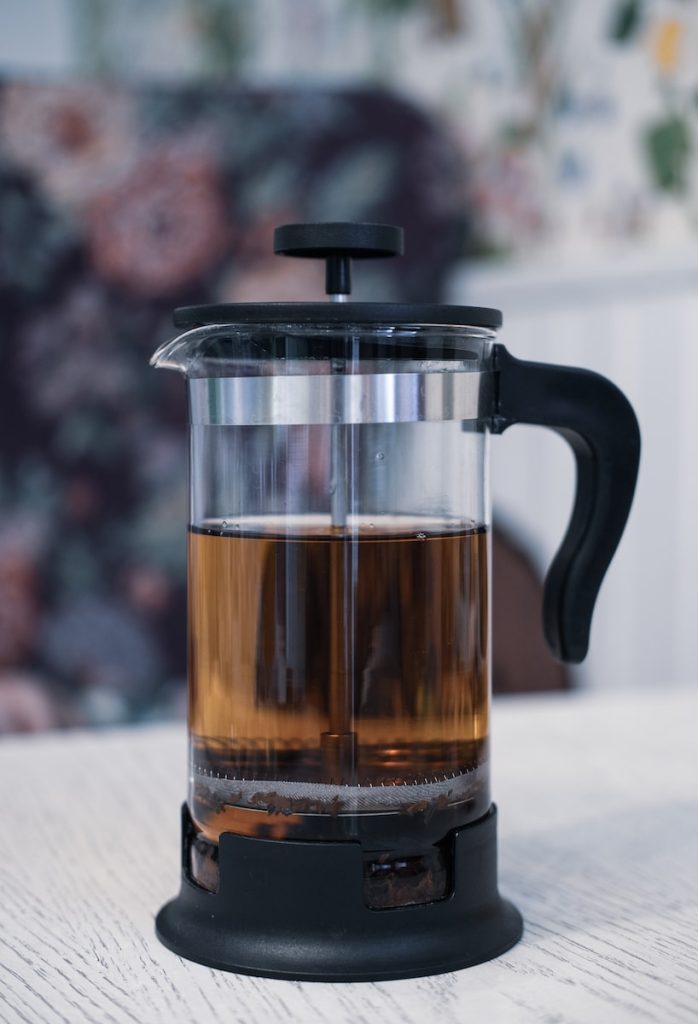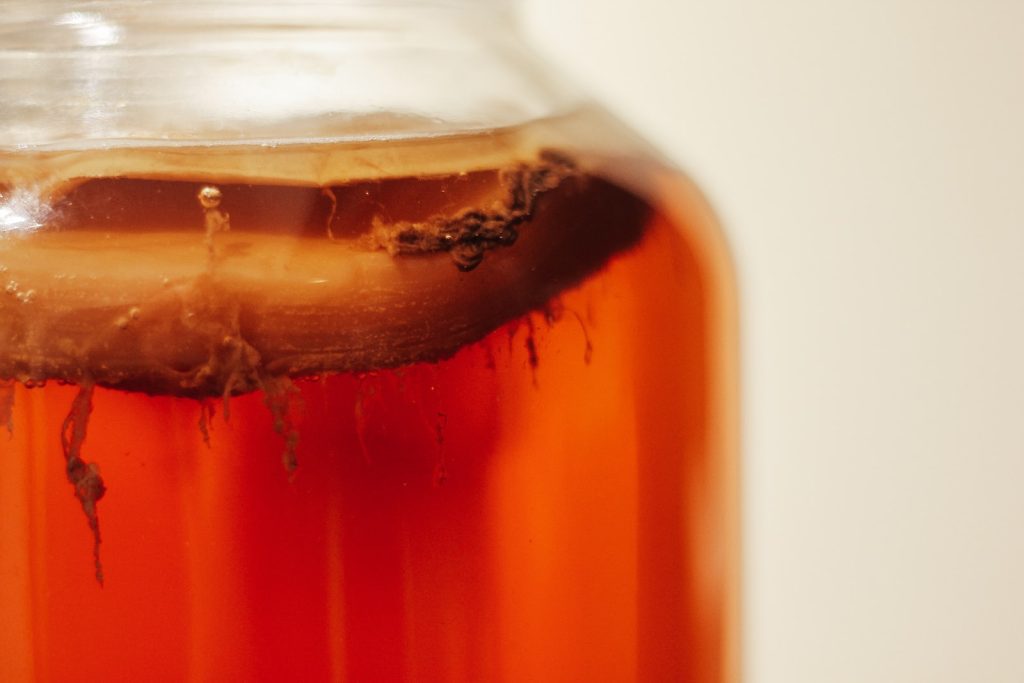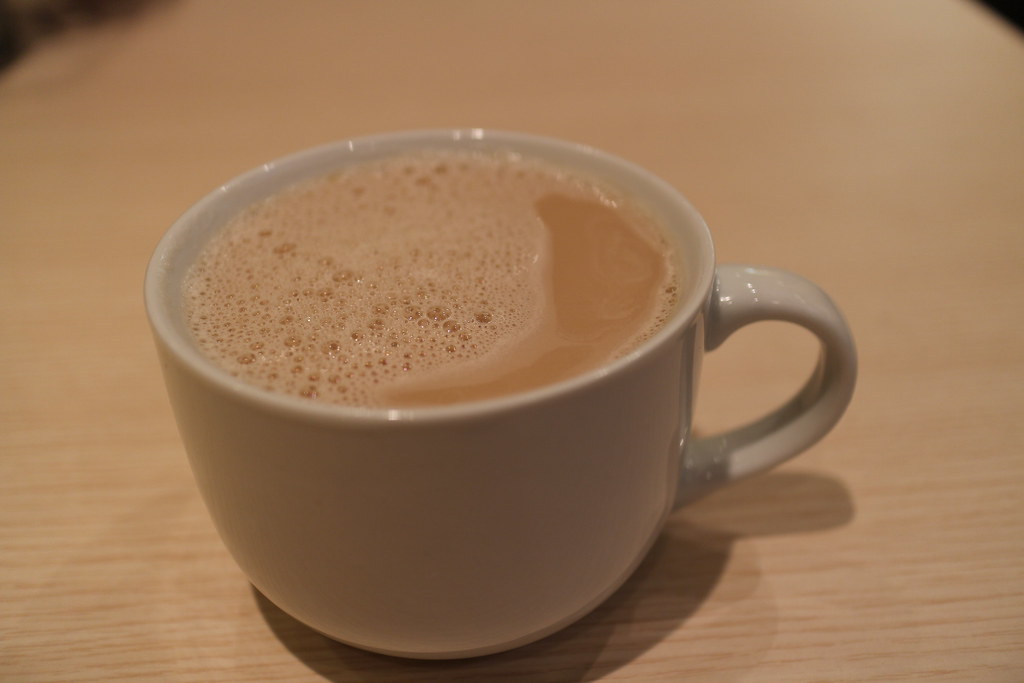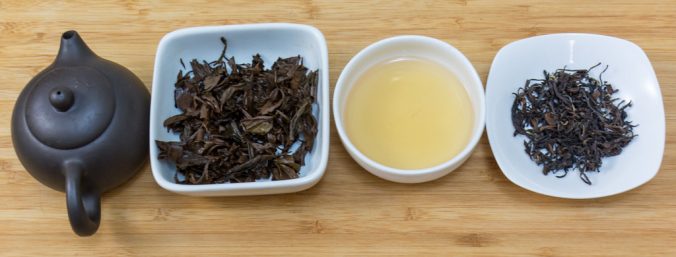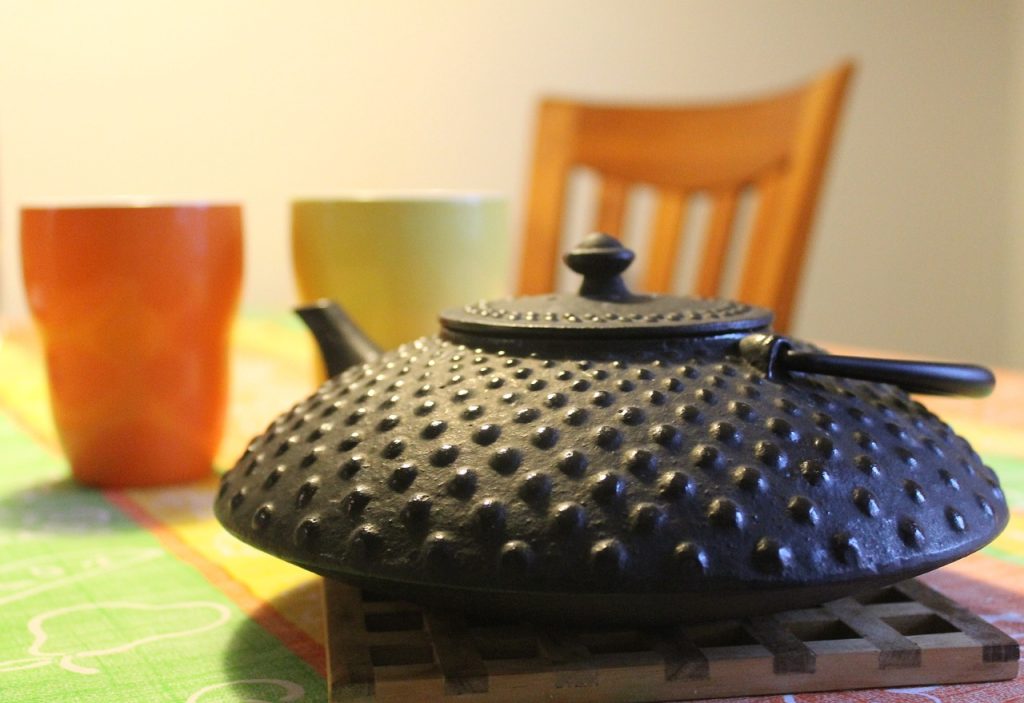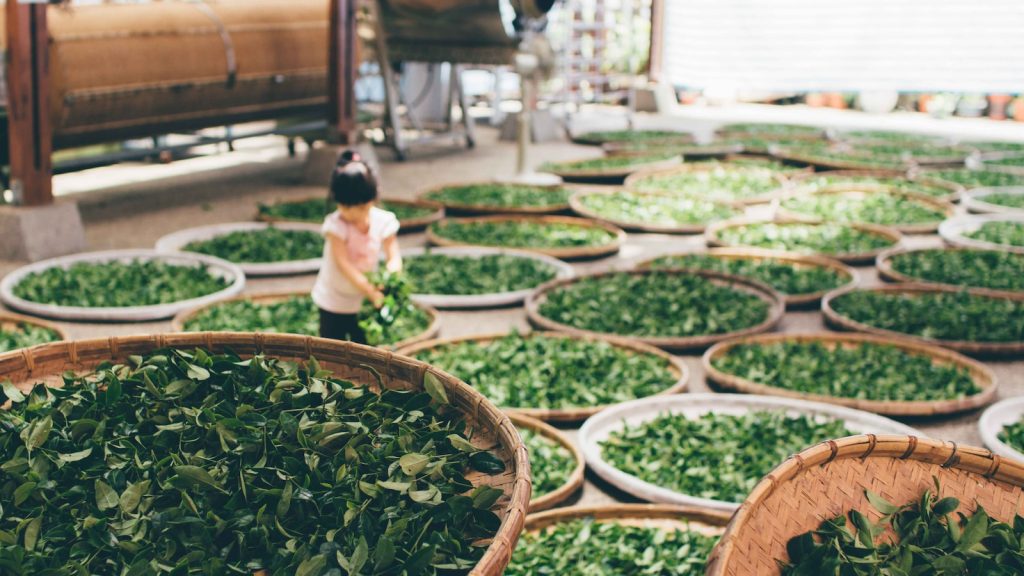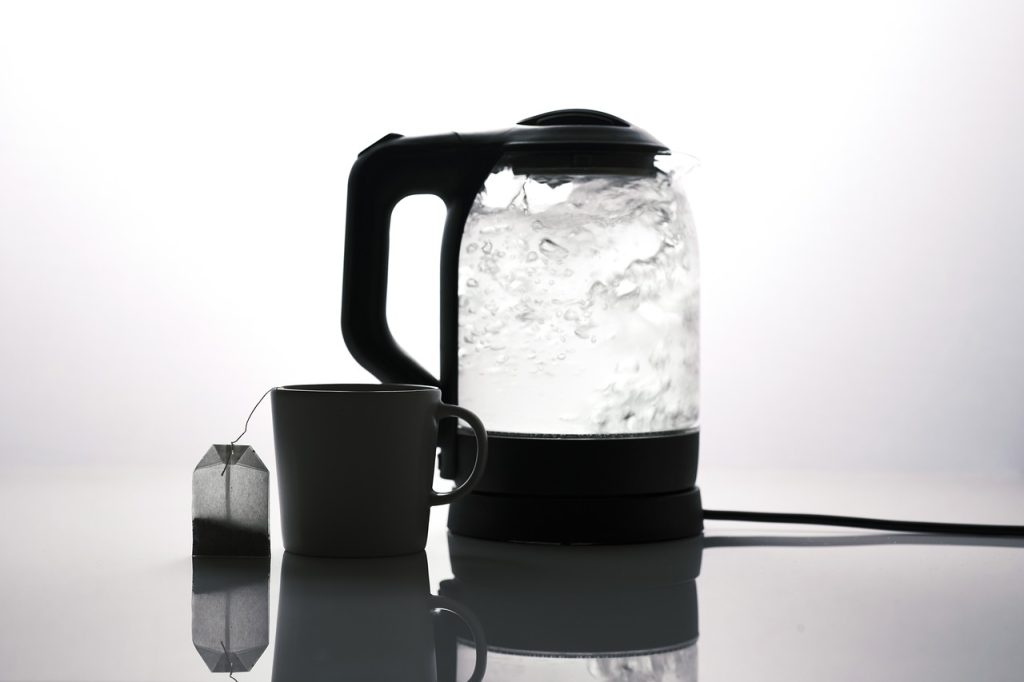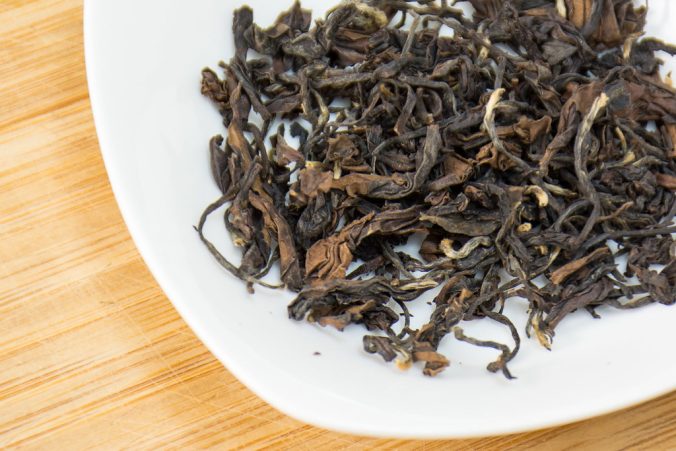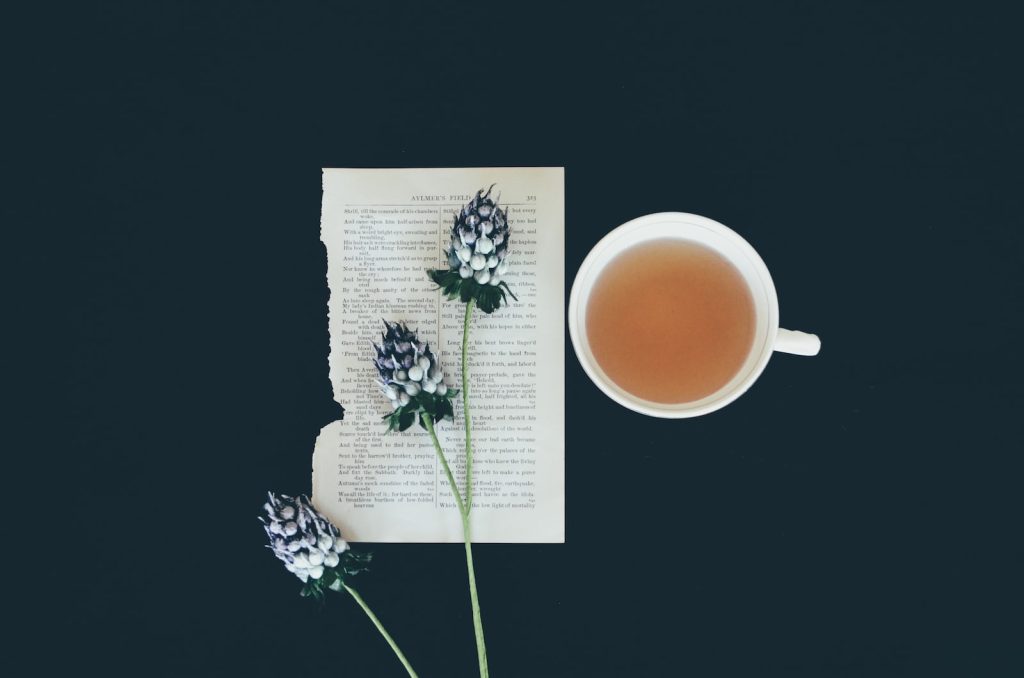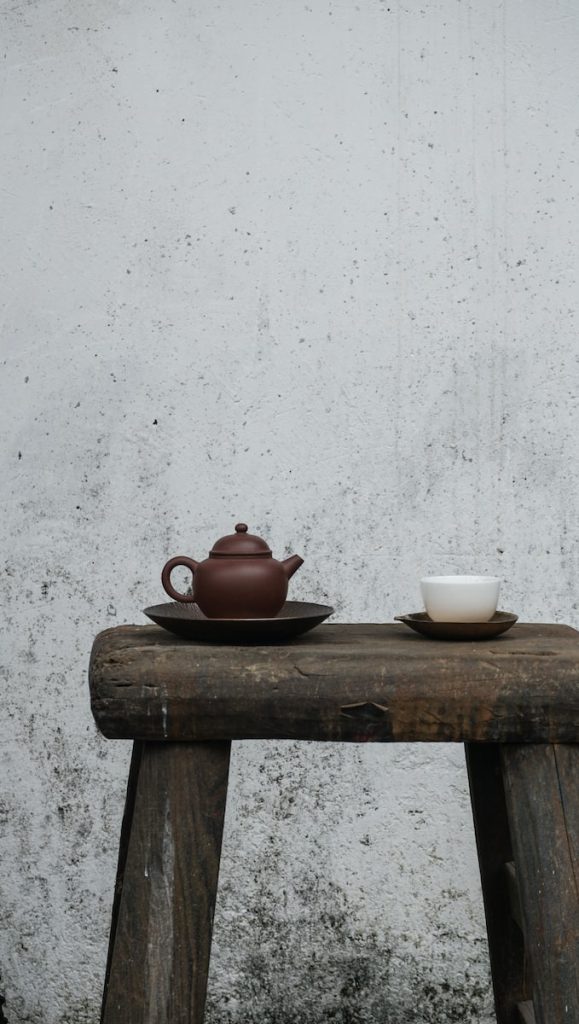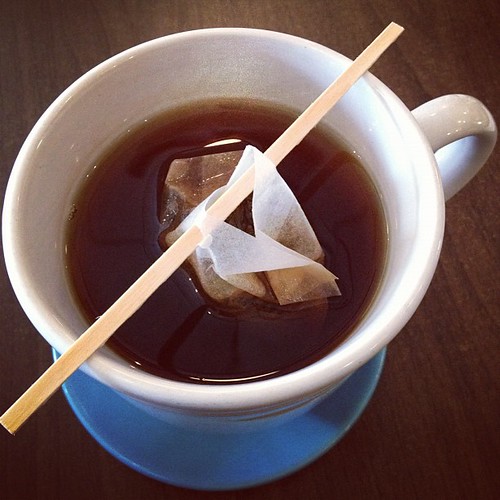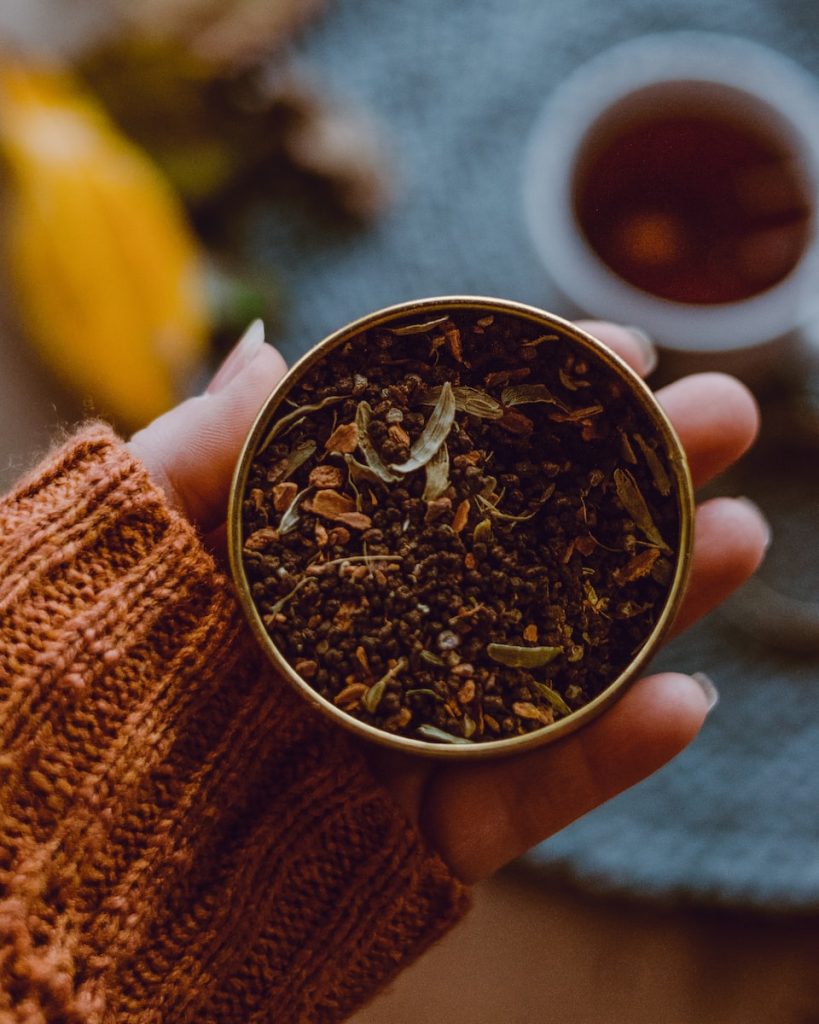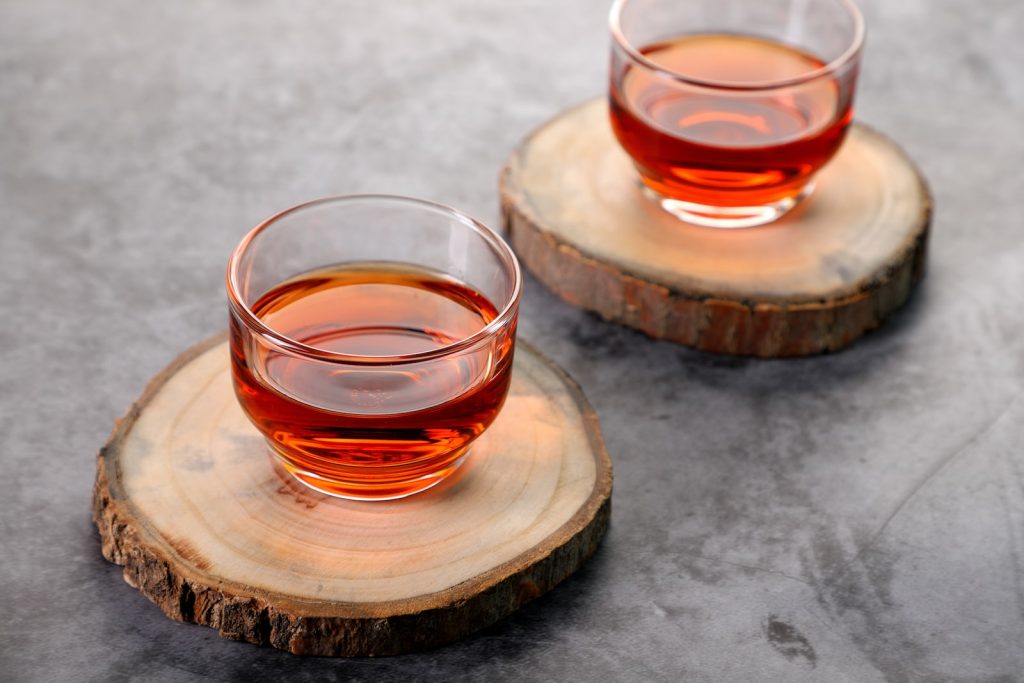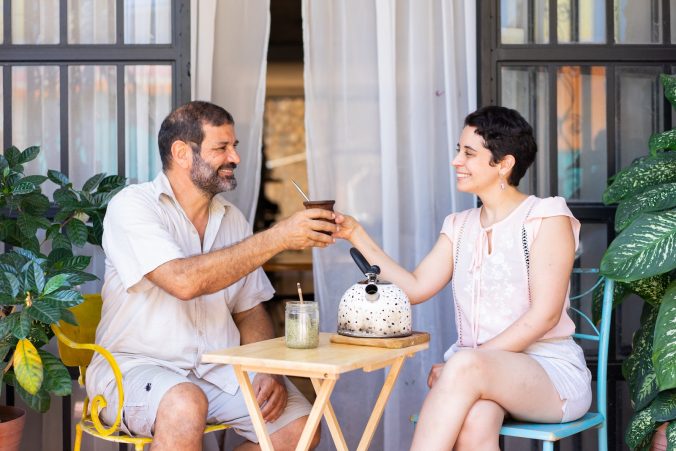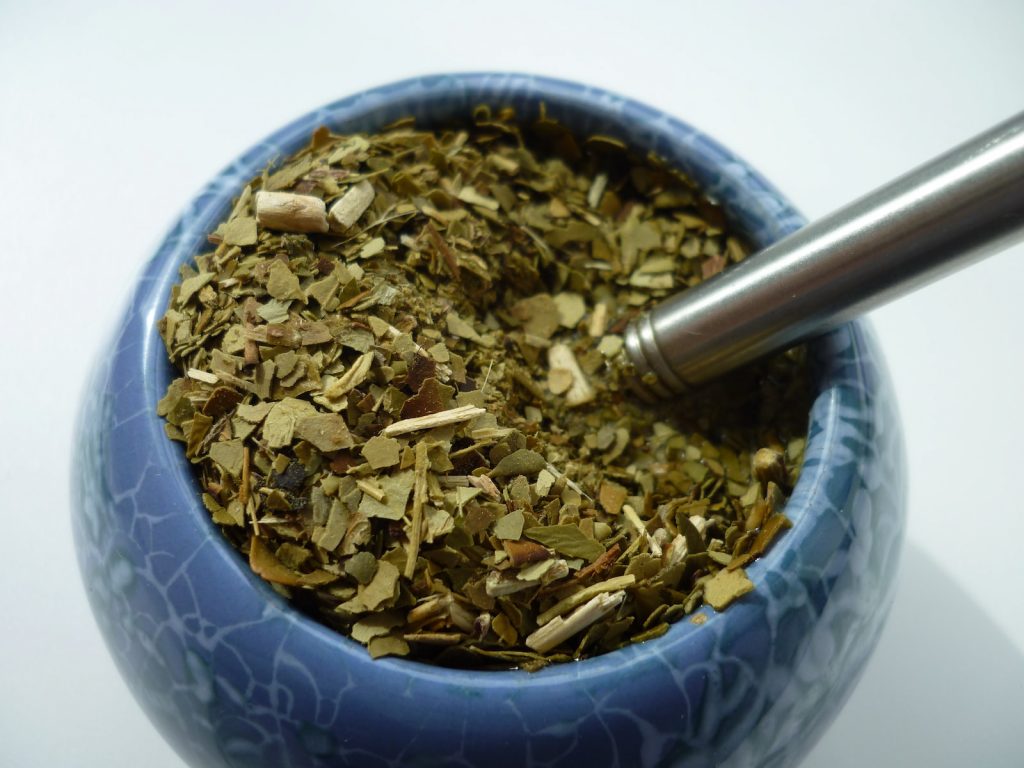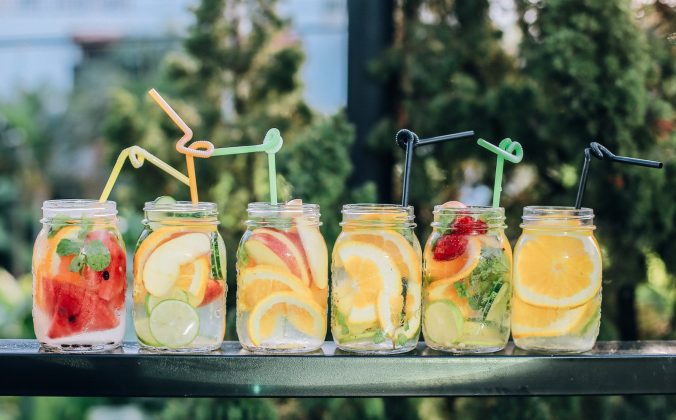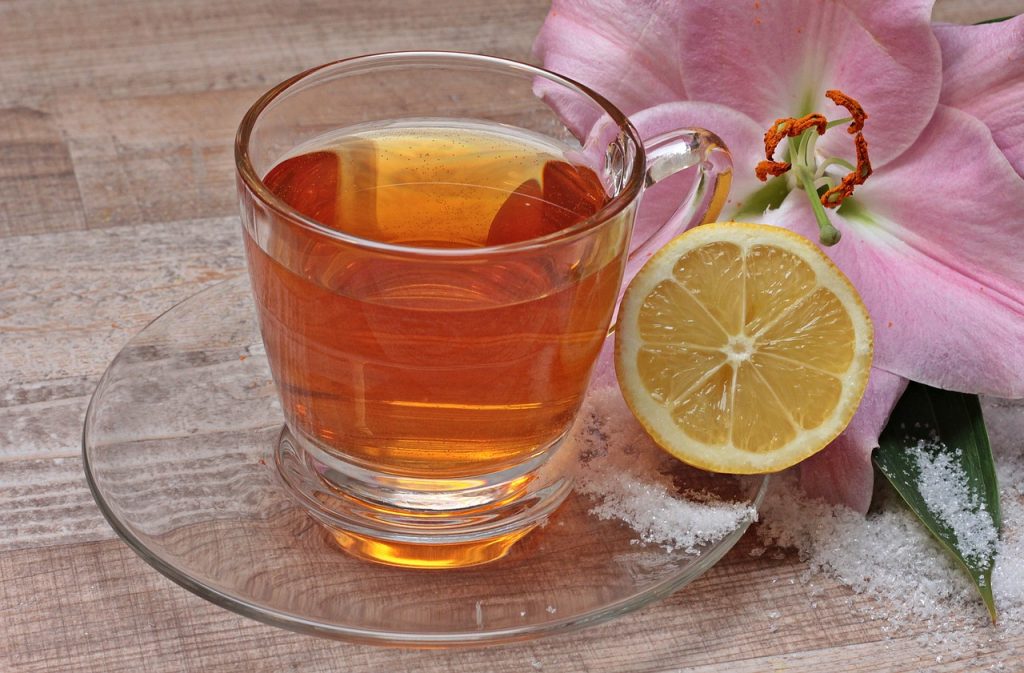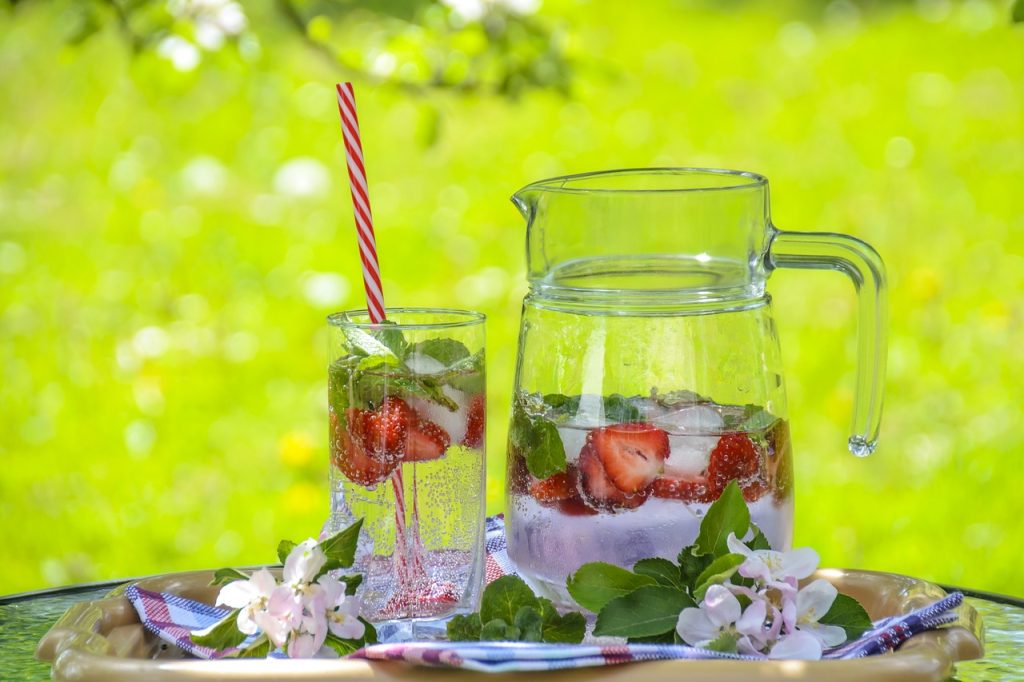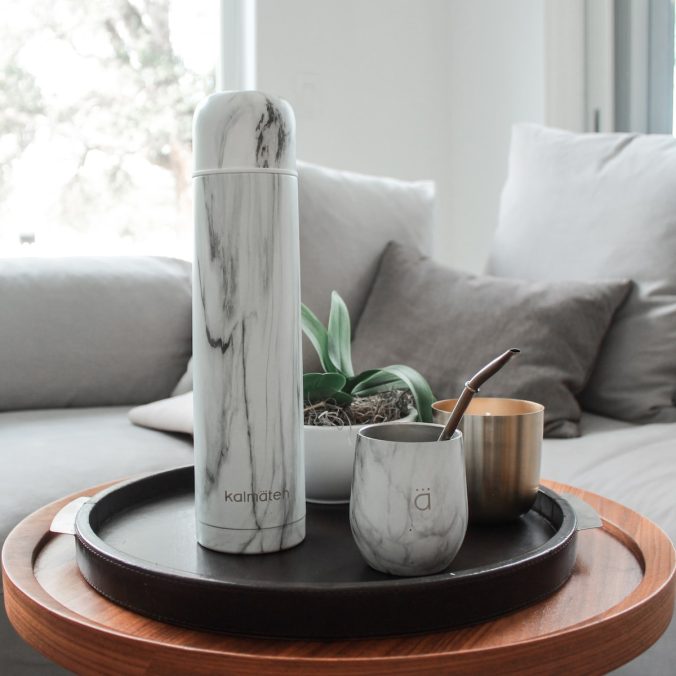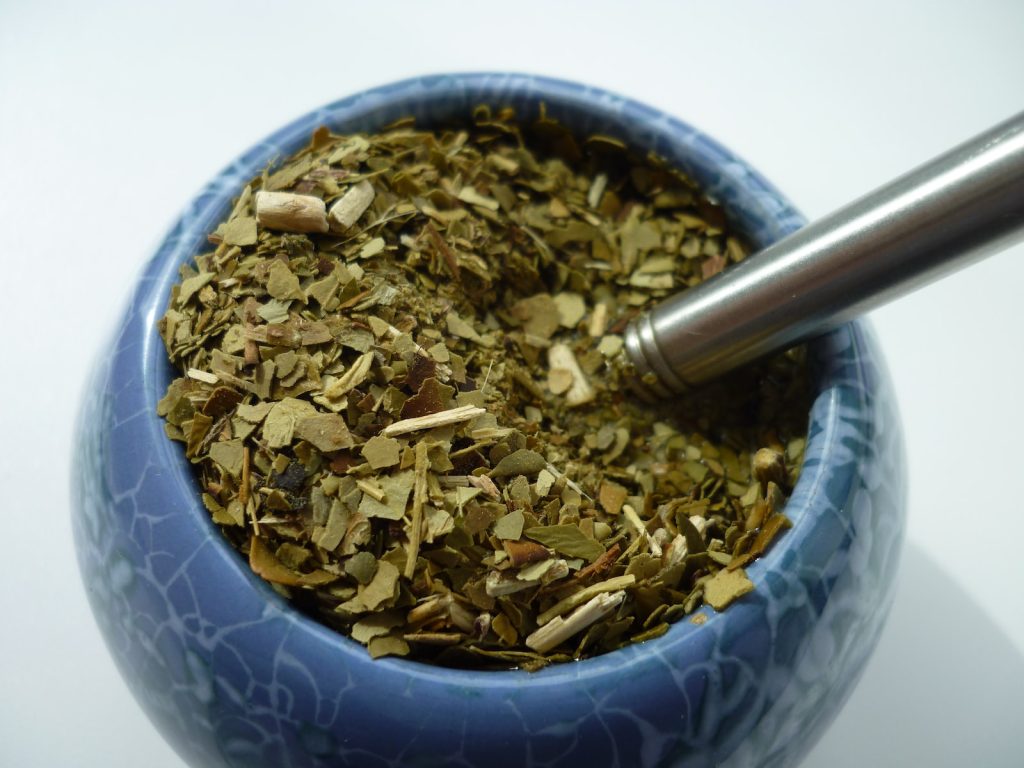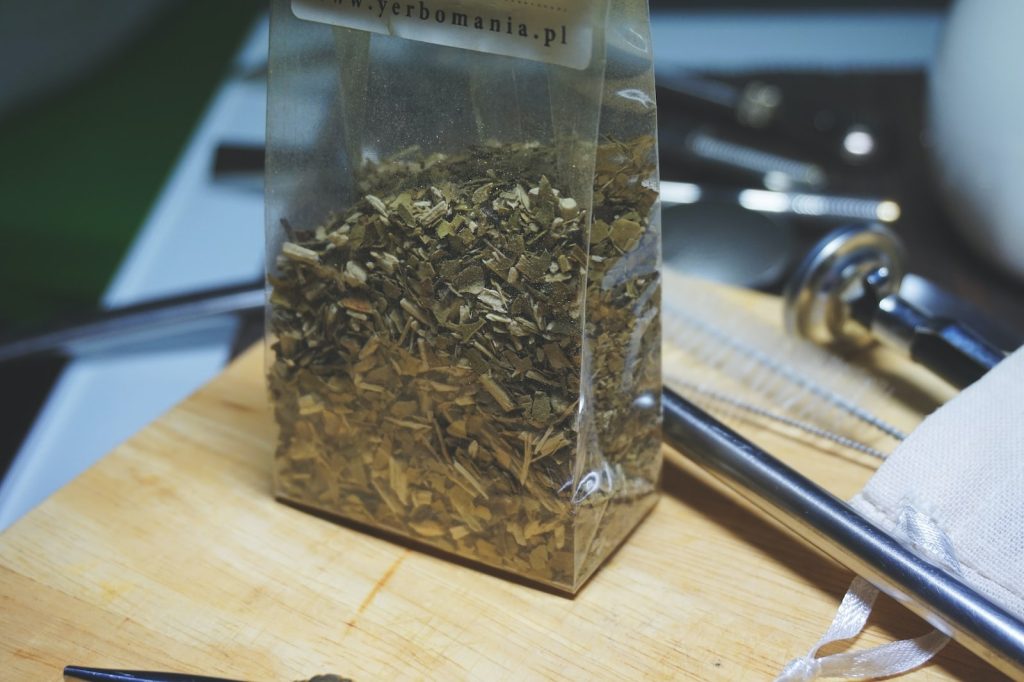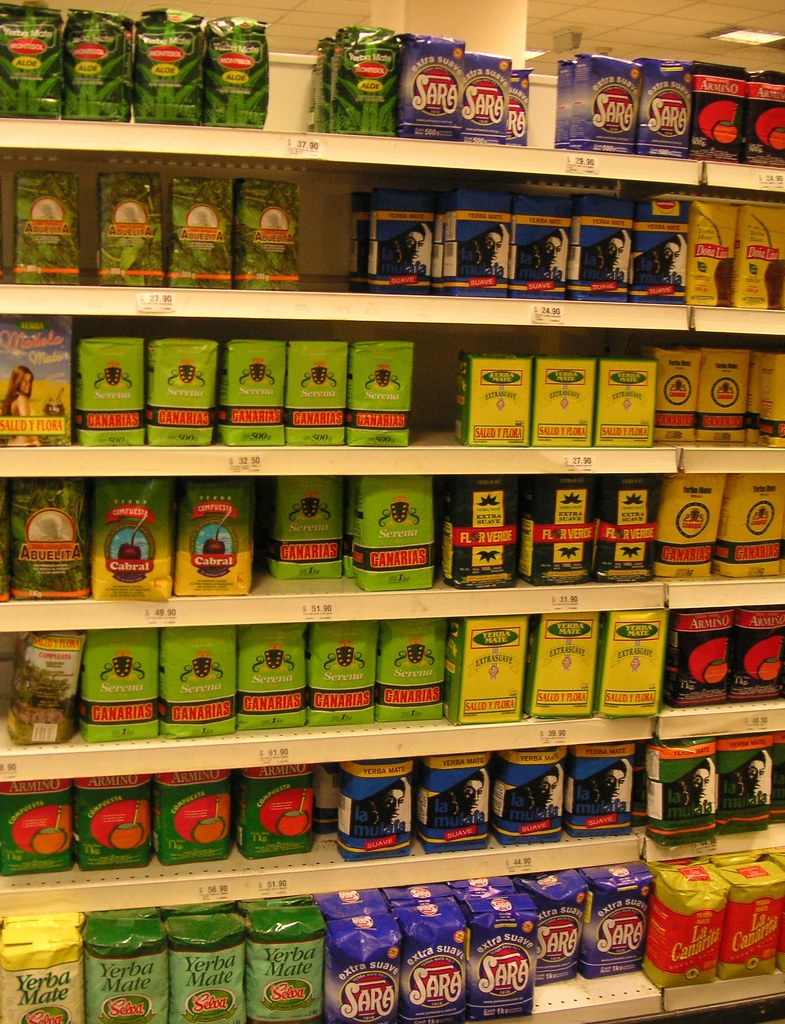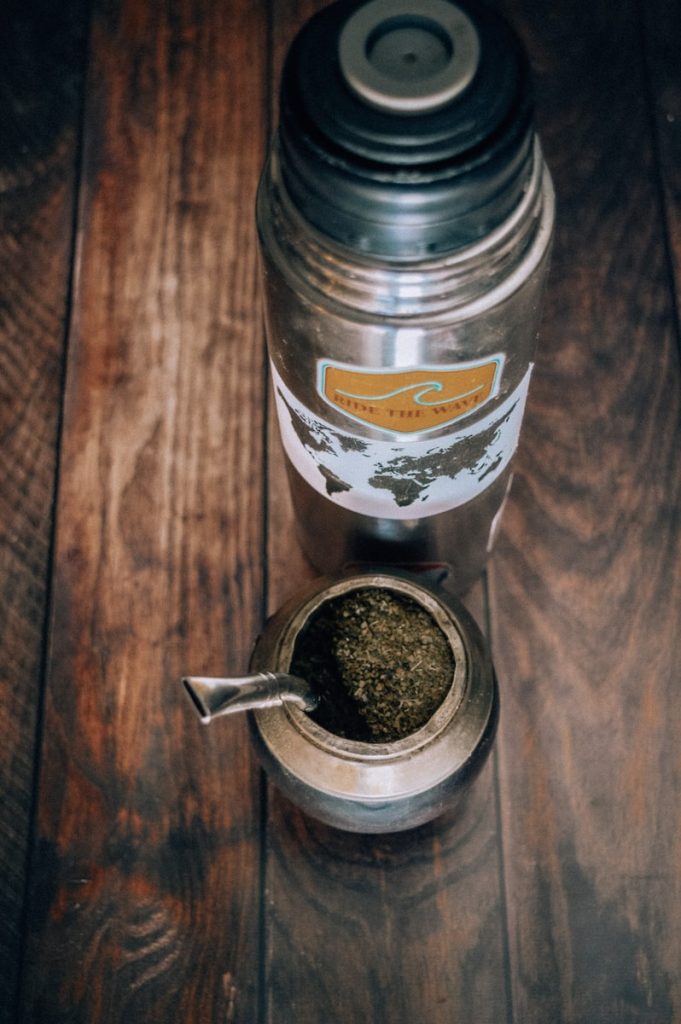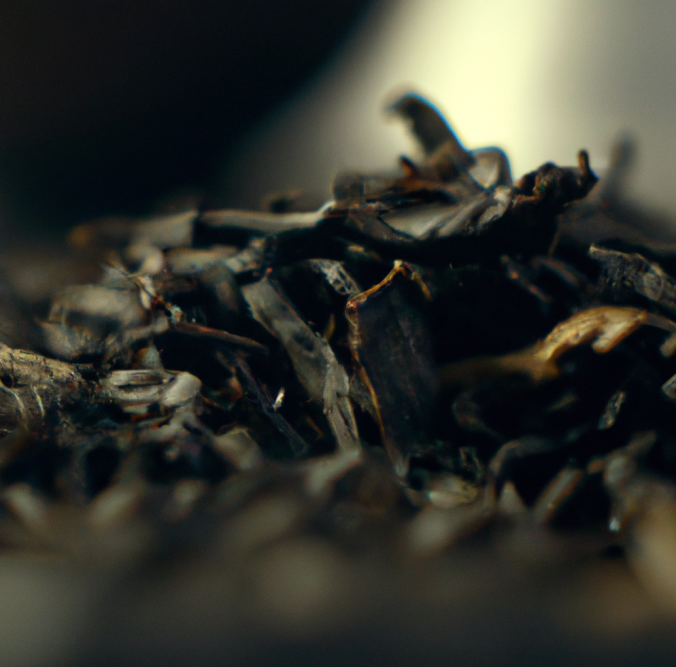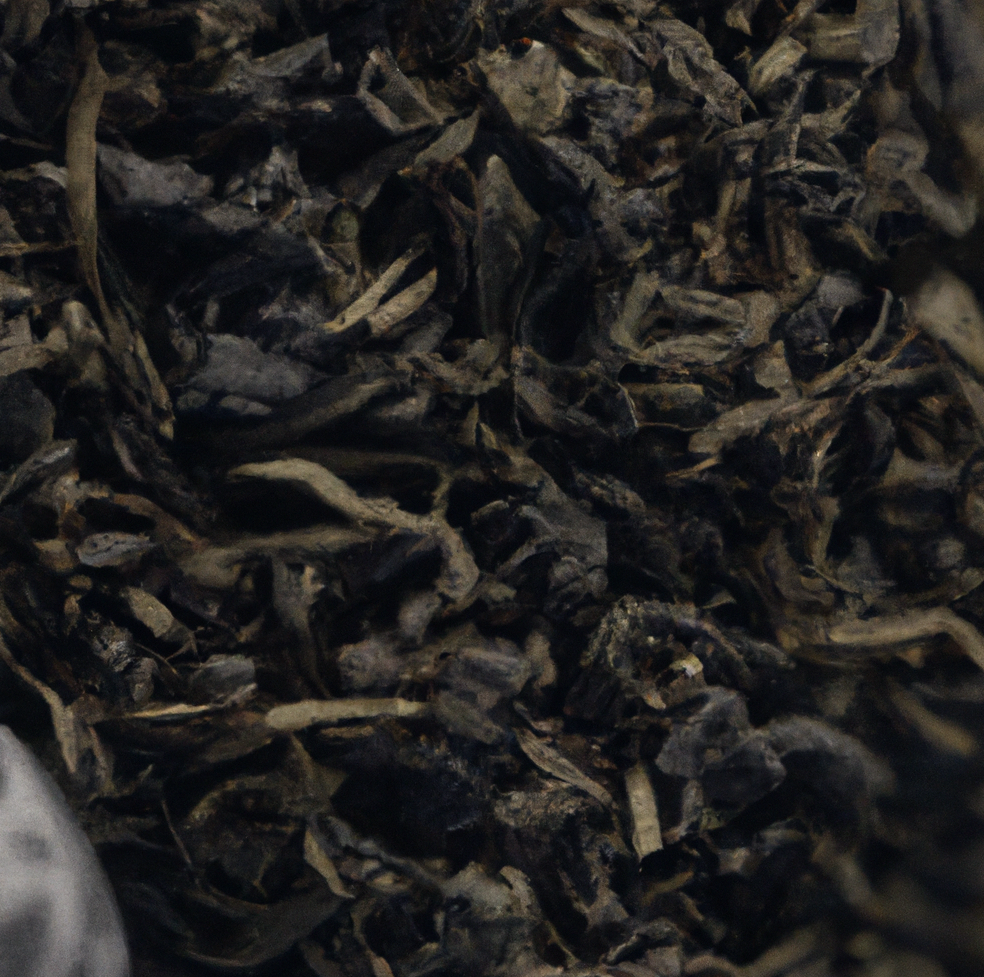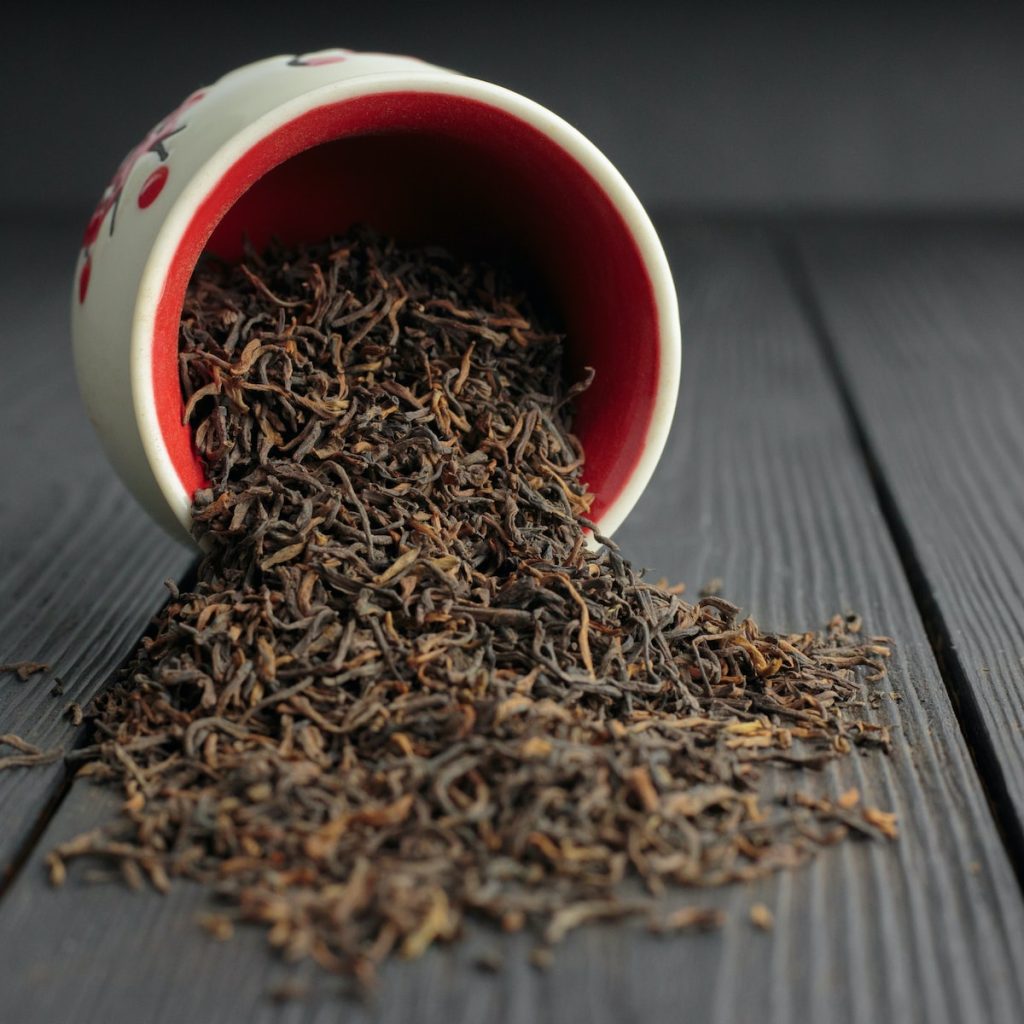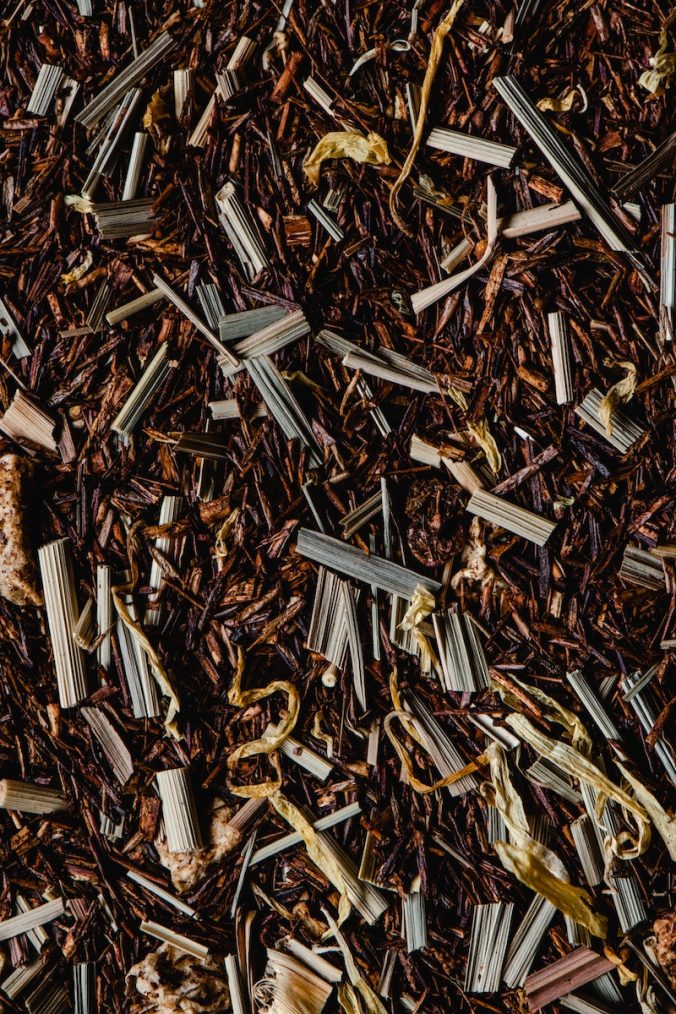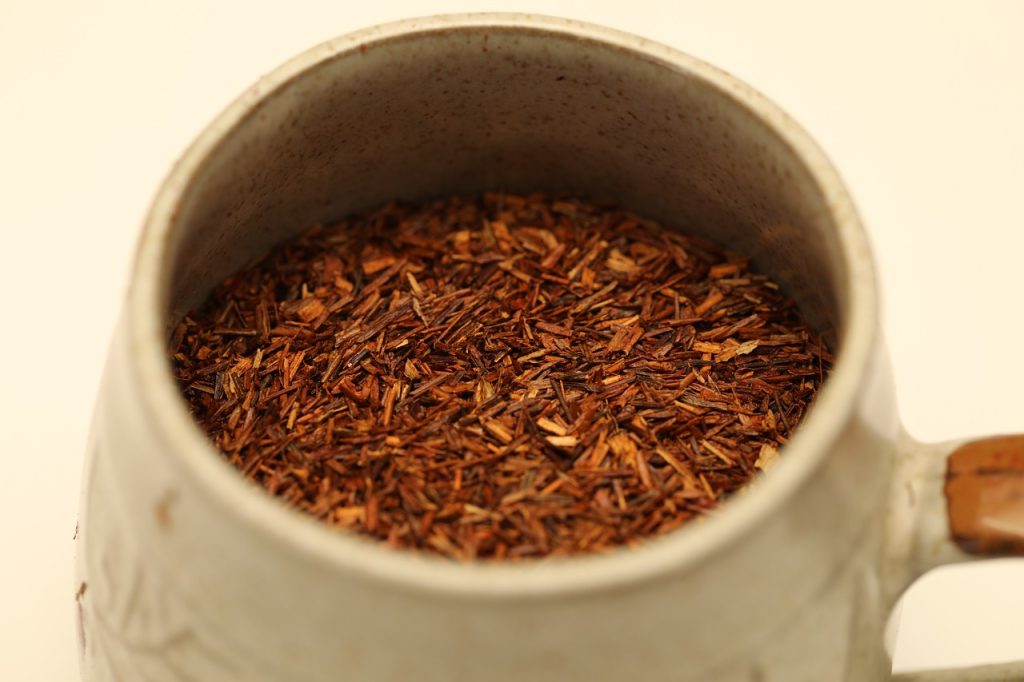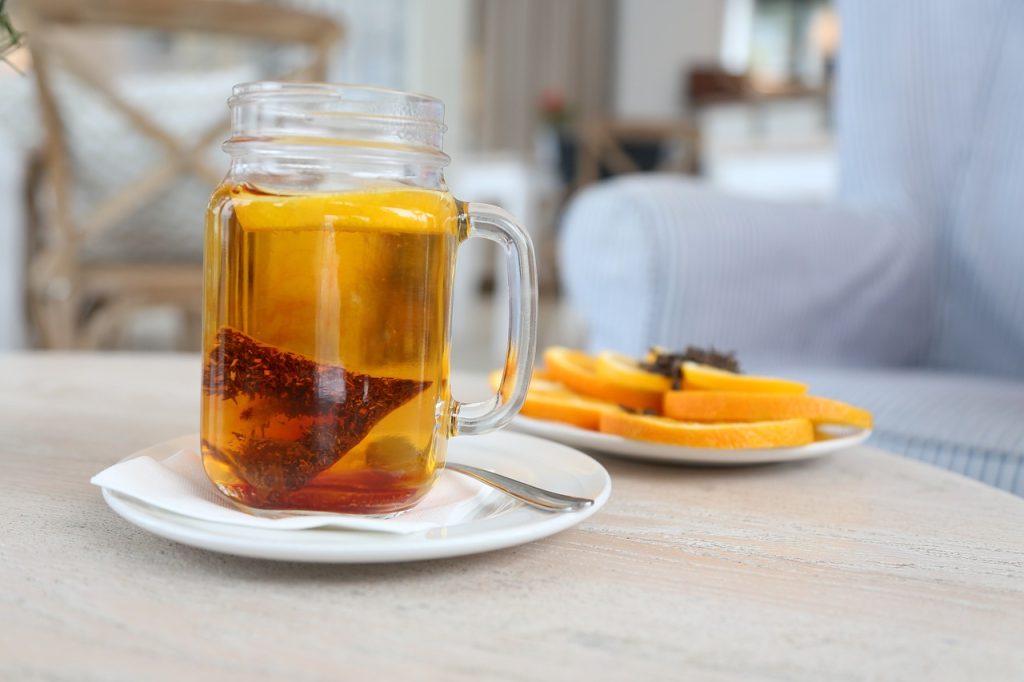Table of Contents
- Introduction to Finding the Perfect Gunpowder Green Tea
- What is Gunpowder Green Tea?
- Health benefits of gunpowder green tea
- Quality of gunpowder green tea
- How to Brew Gunpowder Green Tea
- A Taste of Gunpowder Green Tea
- Where To Buy Gunpowder Green Tea
- Cost of gunpowder green tea
- Different Varieties of Gunpowder Green Tea
- Storage Tips for Gunpowder Green Tea
- How to Select the Best Quality Gunpowder Green Tea
- How to Use Gunpowder Green Tea for Cooking
- Growing Regions for Gunpowder Green Tea
- The History of Gunpowder Green Tea
- Common Uses For Gunpowder Green Tea
- How to Prepare Gunpowder Green Tea for Drinking
- Frequently Asked Questions about Gunpowder Green Tea
- Conclusion
Introduction to Finding the Perfect Gunpowder Green Tea
Are you looking for a tea that packs a punch? Gunpowder green teas are known for their robust flavor and intense aroma, making them an ideal choice for those who seek out bold flavors. But what exactly makes gunpowder green tea so special? In this article, we’ll explore the different attributes of gunpowder green tea and provide some tips on how to select it. Read on to find out more!
Gunpowder green tea is one of the oldest varieties of Chinese tea still in production today. Its name comes from its unique pellet shape—each leaf has been rolled into tiny balls resembling gun powder. Unlike other types of green tea, which have been steamed or pan-fired during processing, gunpowder tea leaves remain unprocessed, preserving much of their original flavor profile and nutritional value.
The most notable characteristic of gunpowder green tea is its strong flavor. It can be described as smoky and earthy, with grassy undertones and a slightly bitter aftertaste. This flavor also provides numerous health benefits due to its high concentration of antioxidants and polyphenols. With all these qualities combined, it’s no wonder why gunpowder green tea is such a popular option among avid drinkers!
What is Gunpowder Green Tea?
As a powerful elixir for the senses, gunpowder green tea has been used as a treasured beverage in Chinese culture for centuries. But what exactly is this mysterious brew? To understand its secrets and mystique, let us explore Gunpowder Green Tea.
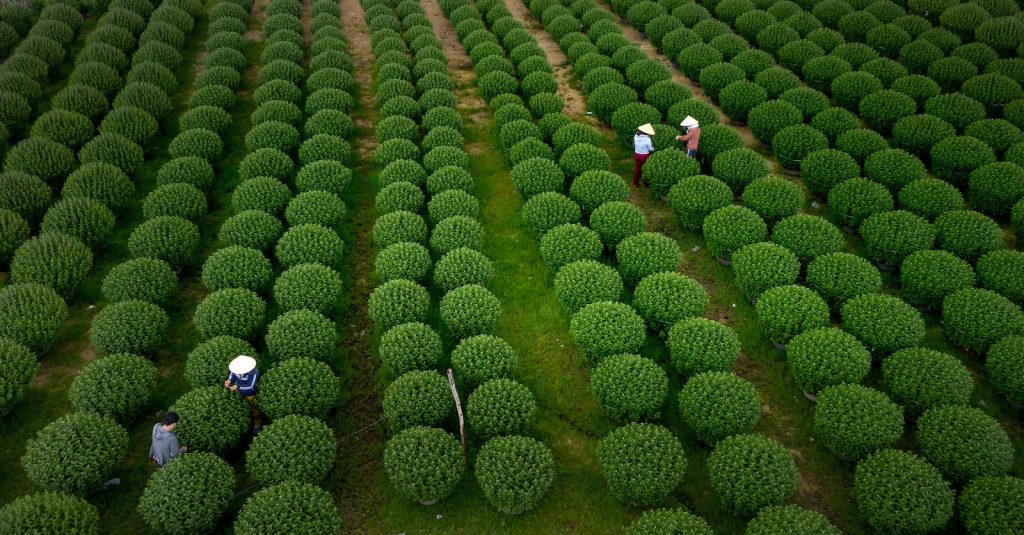
Gunpowder green tea, also known simply as ‘gunpowder,” is an ancient type of Chinese green tea that gets its name from the shape of the dried leaves; they are rolled into small pellets that look like little puffballs of gunpowder. The rolling process helps preserve and protect against oxidation when stored over time. It’s made with high-quality buds and young leaves, which are picked during early springtime, then quickly steamed or pan-fried before being rolled into tight balls before drying out completely—hence why it is sometimes referred to as ‘pearl tea’. This method preserves more flavor molecules than other traditional methods of processing teas, resulting in a grassy, vegetal taste with nutty undertones and a slightly smoky aroma.
To make your own gunpowder green tea at home, you need only two things: loose-leaf Chinese gunpowder green tea (preferably organic) and hot water (ideally around 80°C). Simply measure 2 grams per cup, pour in the hot water, and steep for 3 minutes. You can adjust these measurements according to personal preference, but be sure not to overbrew or else it may become too bitter! Enjoy this special brew served either on its own or mixed with honey or lemon slices for added sweetness.
So if you’re looking for an energizing yet calming drink full of rich flavors and antioxidants, give gunpowder green tea a try!
Health benefits of gunpowder green tea
The smell of gunpowder green tea is both earthy and smoky, yet its health benefits are surprisingly sweet. The unique flavor derived from the rolling process that compresses each leaf into tiny pellets has long been associated with numerous health rewards, but what exactly can we expect to gain from regular consumption?
From improved digestion to enhanced cognitive functioning, there is a multitude of gunpowder tea benefits to be enjoyed. Not only does it contain antioxidants like catechins and polyphenols, which help fight against oxidative stress in our bodies, but also vitamins such as B2 and C—the former helping us maintain healthy red blood cells while the latter keeps us energized throughout the day. Additionally, drinking this type of tea may reduce inflammation and improve heart health due to its anti-inflammatory properties.
Studies show that the caffeine in gunpowder green tea can make you more alert and help you focus, which is good for your mental health. Moreover, research indicates that consuming this type of tea regularly could lead to better memory retention due to its high levels of L-theanine, an amino acid known for calming effects on brain activity. As such, some believe that these benefits of gunpowder make it one of the best teas out there!
Quality of gunpowder green tea
When shopping for gunpowder green tea, quality is key. Organic gunpowder green teas are the best choice, due to their lack of additives and preservatives that may be found in non-organic varieties. It is critical to inspect the tea leaves themselves; they should be dark green with a glossy sheen. If you’re purchasing from an online retailer, look for product reviews or descriptions to get an idea of its overall quality.
The flavor of good-quality gunpowder green tea can vary depending on where it was grown and how it has been processed. Generally speaking, it will have a grassy and slightly smoky taste with sweet undertones. A strong aroma is also typical, which hints at its high antioxidant content. The brewing method will also affect the outcome; when done right, gunpowder green tea can be intense but balanced in flavor without any astringency or bitterness.
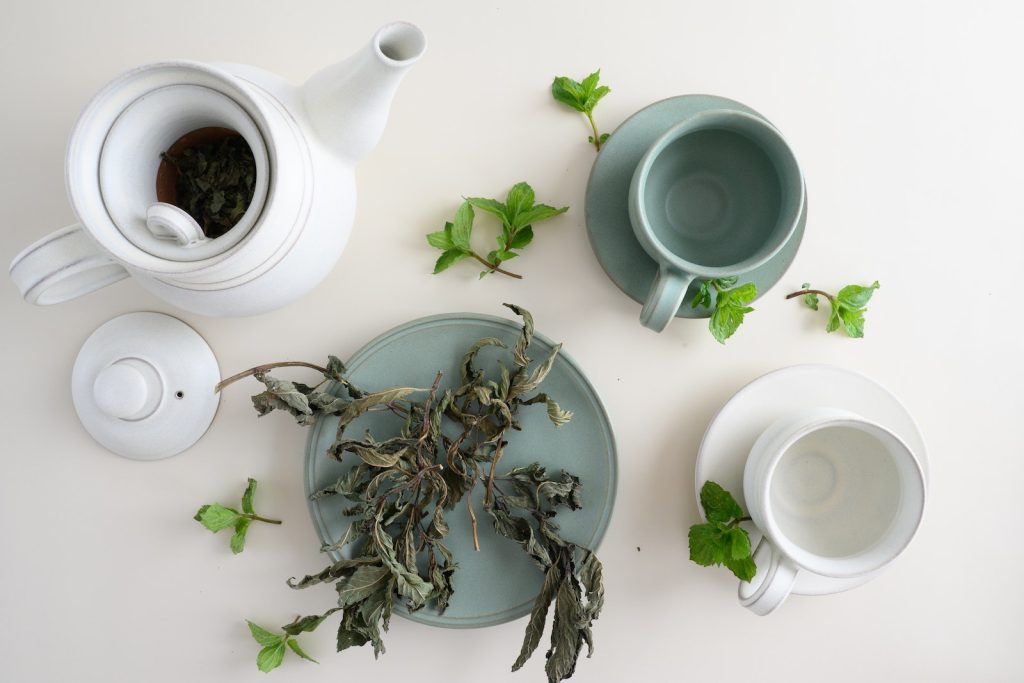
Seeking out organic gunpowder green teas and inspecting them before purchase are two great first steps toward finding teas of top-notch quality. Doing so ensures that you’ll get maximum health benefits from your cup of deliciousness!
How to Brew Gunpowder Green Tea
Making the perfect cup of gunpowder green tea is an art, like a sculptor carefully making their masterpiece. It requires attention to detail and knowledge of how to bring out the best flavor from this unique loose leaf tea. Let us explore what it takes to make a truly exquisite cup of gunpowder green tea.
To begin with, you will need some quality loose-leaf gunpowder. The name comes from its shape, which resembles grains of black powder used in firearms in centuries past. After selecting your desired quantity, place in a teapot or small infuser basket suitable for single servings.
Next, prepare hot water heated to 180°F (80–82°C), as boiling water can burn the leaves and create bitterness. Pour slowly over the leaves for about 3 minutes, allowing them time to unfurl and release all their flavors into the cup. If desired, add sweeteners such as honey or sugar, but be aware that too much may overpower the delicate taste notes present in good-quality gunpowder green tea.
When finished steeping, discard any remaining liquid if not drinking immediately; never leave standing overnight as this will reduce both aroma and flavor significantly. Enjoy!
A Taste of Gunpowder Green Tea
Who would have thought that something so small, tightly rolled, and seemingly insignificant could produce such a beautiful cup of tea? Gunpowder green tea is not only aesthetically pleasing but also packed with flavor. Loaded with catechins and alkaloids, it may be hard to believe that this tiny pellet can hold the power of an entire cup of gunpowder tea!
The taste of gunpowder green tea is quite unique compared to other types of tea. It has a smoky yet sweet flavor, which makes it a very interesting choice for those who are more adventurous in their beverage selection. Its aroma is similar to that of roasted nuts or even freshly cut grass—alluringly fragrant and inviting. When brewed, the liquid ranges in color from light yellow-green to dark olive green, depending on how long it is steeped.
In short, the taste of gunpowder green tea varies greatly depending on how much time you give it to brew. From its bright citrusy notes to its smoky, nutty undertones, there’s truly something for everyone here. Whether you want something light or deep and complex, one thing’s for sure: A cup of gunpowder tea will never disappoint!
Where To Buy Gunpowder Green Tea
After you’ve tried gunpowder green tea and liked how it tastes, you may be wondering where to buy it.Well, look no further! Gunpowder green tea is widely available and can easily be found with a bit of effort. Like Cinderella’s glass slipper, this unique variety of tea will fit perfectly in your cupboard.
Finding gunpowder green tea begins with understanding what it is. It gets its name from its appearance: the leaves are rolled into tiny pellets that resemble bullets or “gun powder”. These tightly compressed tea leaves often take on the shape of a pearl, hence the other common name for this type of tea: Pearl Tea. Chinese gunpowder green tea is usually considered the best due to its strong flavor and high production standards.
When looking for genuine Chinese Gunpowder Green Tea, make sure to check if there are any certifications or seals attesting to its authenticity. Also, do some research into which company produces it; online reviews are an excellent source for getting authentic feedback about products from customers who have actually tried them before. That way you’ll know you’re buying the real deal!
Cost of gunpowder green tea
It is like a secret potion that can give you the energy of a dragon. Imagine taking a sip from a cup of gunpowder green tea and feeling its power course through your veins—that’s what it feels like to consume this remarkable beverage. But how much does it cost?
Gunpowder green tea has been around for centuries as an energizing elixir that helps people get through their day-to-day tasks with greater ease. It comes at quite an affordable price compared to other beverages on the market, making it accessible to almost everyone who wants to enjoy its benefits. In addition to providing energy boosts, consuming Gunpowder Green Tea on a regular basis may reduce the risks of chronic diseases such as cancer due to its high antioxidant content.
One should be aware, though, that not all brands provide quality products; therefore, one must choose wisely when buying Gunpowder Green Tea. This doesn’t mean they have to break the bank; various online shops offer great deals without compromising on the quality of the product being bought. With proper research and knowledge on where one can buy genuine Gunpowder Green Tea, anyone can experience its amazing health effects without having any monetary worries!
Different Varieties of Gunpowder Green Tea
Gunpowder green tea is one of the most popular varieties of Chinese green tea. It’s made from the leaves of the Camellia sinensis plant, which are rolled into small pellets resembling gunpowder, giving it its name. There are several different varieties of gunpowder green tea available for those who enjoy this type of brew.
One variety is a mix of spearmint and gunpowder pellets that creates a unique flavor profile—not too sweet but with just enough mint to be refreshing. This blend has become increasingly popular as an alternative to regular mint tea due to its subtle sweetness combined with the strong smoky flavors found in traditional gunpowder green tea.
Another variant is known as ‘pearl’ or ‘bead-style’ gunpowder green tea, where each leaf pellet is carefully hand-rolled into tight little balls instead of being flattened out like more common types. These beads have a stronger flavor than their flat counterparts and often require longer brewing times to fully extract all the aromatics within them. The result is a richer-tasting beverage that can make for quite an enjoyable cup of tea!
Storage Tips for Gunpowder Green Tea
When it comes to storing gunpowder green tea, there are a few important tips to keep in mind. This type of tea is rolled into small pellets that are full of flavor and have a higher caffeine content than most other types of green tea. To ensure the best quality, you should always store your gunpowder green tea properly.
First and foremost, make sure you store your gunpowder green tea in an airtight container away from heat and direct sunlight. These things can make the leaves fall apart quickly over time, causing them to lose their taste or smell. Additionally, be sure to store the tea away from any strong odors, as they could contaminate its taste.
Finally, try to consume the tea within six months of purchasing it so that you get the freshest taste possible. If keeping for longer periods of time, transfer the unopened bag or container of gunpowder green tea into another airtight vessel before placing it in a cool, dry area until ready for use. Following these simple storage tips will help ensure that your cup of gunpowder green tea remains flavorful and aromatic each and every time!
How to Select the Best Quality Gunpowder Green Tea
When it comes to selecting the highest-quality gunpowder green tea, there are a few key elements to consider. Firstly, you should look at the caffeine content of the product. Gunpowder tea is known for its high levels of caffeine and can range from 25 to 50mg per cup, depending on how long it has been brewed. In order to get the most out of your tea’s potential health benefits as well as avoid any side effects caused by overconsumption of caffeine, be sure to check this information carefully before purchasing.
In addition to considering caffeine content, take into account some other important factors when deciding which gunpowder green tea is right for you. For instance, pay attention to where the tea was grown and manufactured—many reputable brands source their teas from organic farms in Asia or other parts of the world with ideal climates for growing strong leaves. Furthermore, examine if any additives were used in the production process; some producers include artificial flavors and sweeteners, which may not align with your desired outcome when drinking gunpowder green tea.
Overall, choosing top-quality gunpowder green tea means doing thorough research on all aspects that could impact its flavor profile and potential benefits. From checking ingredient labels for added sugars or preservatives to understanding optimal brewing times for different types of gunpowder teas, taking all these steps will help ensure that you’re getting exactly what you want out of each and every cup!
How to Use Gunpowder Green Tea for Cooking
“A little knowledge goes a long way,” and with gunpowder green tea, this is especially true. Chinese gunpowder, also known as zucha, is one of the most popular text terms for gunpowder green tea, but not the only one. As such, it’s important to know how to use this unique tea in your cooking routine.
Gunpowder green tea has many versatile applications that can add complexity or subtlety depending on what you’re trying to create. When used directly in cooked dishes like soups and stir-fries, it will lend an earthy flavor to whatever dish you’re making. On the other hand, when it is brewed ahead of time and added to recipes as a liquid ingredient, it gives off aromas that are really lovely.
No matter which route you take, remember that less is more when it comes to using gunpowder green tea in your culinary creations. A teaspoon of loose leaf would be enough for any recipe, so start small and adjust according to taste preferences! With these few tips in mind, you’re sure to find success while experimenting with this amazing ingredient!
Growing Regions for Gunpowder Green Tea
The rolling hills of China are home to the iconic gunpowder tea. This classic Chinese green tea has been produced since ancient times and is still popular today with its distinctive flavor and aroma that can tantalize any palate. Gunpowder tea is a unique type of green tea, one whose leaves have been carefully hand-rolled into small pellets that resemble grains of gunpowder.
Grown in many different regions across China, this revered beverage boasts an impressive range of flavors and aromas depending on where it’s grown. In the south-east Zhejiang Province, for example, gunpowder teas tend to be more mellow and smooth compared to those from Fujian Province, which showcase complex earthy notes layered with sweet fruitiness. Meanwhile, other types of gunpowder, such as Mao Feng harvested from Anhui Province, offer nutty and smoky elements perfect for pairing with savory dishes.
No matter what region it hails from, each cup of gunpowder tea offers a unique experience, providing connoisseurs with a glimpse into the fascinating culture behind this beloved beverage. From its distinct appearance to its varied taste profiles, there’s something special about brewing up a steaming cup of gunpowder green tea!
The History of Gunpowder Green Tea
Gunpowder green tea has a long and illustrious history. It is believed to have originated during the Tang Dynasty in China, making it one of the oldest types of tea available today. Over time, changes were made to the recipe, including the addition of gunpowder, resulting in its signature name.
This type of green tea was traditionally used for medicinal purposes due to its strong aroma and taste, both key components that remain unchanged today. The rolling process also creates small pellets that, when brewed, resemble gunpowder, giving it its distinctive appearance. Gunpowder green tea can be found in many regions around the world, though it’s primarily sourced from China and Taiwan.
The unique flavor and texture make this type of tea appealing to all kinds of drinkers who are looking for something special and different. From those seeking soothing warmth on cold days to those seeking an energizing drink early in the morning, there’s something for everyone here with this historic beverage!
Common Uses For Gunpowder Green Tea
There is a popular theory that gunpowder green tea has many uses, but is it true? It certainly appears to be. For centuries, this type of tea has been used for its medicinal benefits and pleasant flavor. Let’s explore the common uses of gunpowder green tea as well as its potential health effects.
Gunpowder green tea can be enjoyed in various ways. From hot or cold drinks to desserts, adding this unique ingredient adds an interesting twist to traditional recipes. More importantly, many believe that drinking gunpowder green tea provides several chronic disease-fighting properties due to its high antioxidant content. Antioxidants are substances found in plants that may protect cells from damage caused by free radicals, which can cause cancer and other diseases. The polyphenols present in gunpowder green also provide powerful anti-inflammatory benefits and even reduce cholesterol levels when consumed regularly.
In addition to these protective effects, drinking gunpowder green tea regularly has many other health benefits. Studies suggest that incorporating this beverage into your diet could help prevent cardiovascular disease and stroke, manage blood sugar levels, boost energy levels, and improve digestion, among other things. What’s more, the important vitamins and minerals found in gunpowder green have been linked to healthier skin, hair, and nails too!
Clearly then, gunpowder green offers some incredible advantages when added to one’s diet—both culinary and medicinal alike! So why not give it a go today? Who knows what kinds of delicious dishes you’ll discover—or perhaps even better—how much better you’ll feel!
How to Prepare Gunpowder Green Tea for Drinking
When it comes to preparing gunpowder green tea, some people may be apprehensive; however, it’s actually very easy and rewarding. The caffeine content of gunpowder green tea is generally lower than that of other types of tea, but its health benefits are abundant. So let’s discuss the best way to prepare this amazing beverage!
To get started, all you need is a loose-leaf version of gunpowder green tea leaves and hot water. Depending on your preferred strength, use 1 teaspoon for every 8 ounces of boiling water. Let the leaves steep for about 2 minutes before removing them with a strainer or spoon. Once removed, enjoy your freshly brewed cup—that was easy enough, right?
The savory taste can now be enjoyed as-is or sweetened with honey if desired. Some find that adding milk creates an even more flavorful drink, but most agree that enjoying the natural flavor is much better. Gunpowder green tea offers numerous health benefits such as aiding digestion, improving circulation, boosting immune system function, and providing antioxidants that can help protect against disease, so why not give it a try today?
Frequently Asked Questions about Gunpowder Green Tea
When considering gunpowder green tea, one of the main questions people have is whether or not it contains caffeine. Caffeine can be found in many teas and other beverages, so understanding what’s in your drink is important for those who are sensitive to it or choose to limit their intake.
Fortunately, gunpowder green tea does contain caffeine. Generally speaking, all types of green tea will include some levels of natural caffeine since they come from the Camellia sinensis plant. However, when compared with other varieties such as oolong or black tea, gunpowder green tea has a much lower content per serving size. This means that while you may still receive an energy boost after drinking it, it won’t be as pronounced as with other caffeinated drinks.
It’s also worth noting that the amount of caffeine present varies depending on how long the leaves are steeped during preparation. Therefore, if you’re looking for more or less caffeine than usual from gunpowder green tea, then adjusting the steeping time could help achieve this goal.
A cup of gunpowder green tea is like a magical elixir, transporting you to a faraway land! It’s no wonder that this unique and flavorful beverage has been gaining popularity recently. But what exactly are the different grades of gunpowder green tea?
At its most basic level, there are two main types: Chinese gunpowder and Taiwanese gunpowder. The former is made from larger leaves, while the latter uses smaller ones. Both varieties come in various grades, with each grade having a slightly different flavor profile. For instance, ‘Imperial’ grade Chinese gunpowder tends to be more robust with smoky notes, whereas ‘Jade Needle’ grade Taiwanese gunpowder has an intense vegetal character with hints of sweet melon.
No matter which type or grade you choose, one thing remains constant: an unforgettable experience full of complex aromas and flavors. So if you’re looking for something truly special, why not give gunpowder green tea a try? You won’t regret it!
Have you ever considered the potential risks of drinking gunpowder green tea? After all, knowing what could happen if we consume something is always important. So let’s explore whether or not this type of tea has any associated dangers and what to look out for when making our next cup.
First, it’s good to be aware that gunpowder green tea can contain a high amount of caffeine. Consuming too much of this stimulant can lead to insomnia, headaches, restlessness, and even an increased heart rate or palpitations in some people. As a result, moderation is essential, especially if you are caffeine sensitive! Additionally, pregnant women should limit their intake as well.
Beyond that, there haven’t been any major reports on negative side effects from drinking gunpowder green tea regularly. That being said, since everyone is different with unique bodies and needs, it’s best to consult your healthcare provider before consuming this beverage every day. Ultimately, they will have the most up-to-date information about what might work best for your individual health circumstances.
Ultimately, then, understanding the potential risks associated with gunpowder green tea helps us make better decisions about which beverages we choose and how often we drink them. It pays off to do research ahead of time so that we can feel confident in our choices going forward!
We all know that diets are hard to stick to and exercise can be time-consuming. With little effort, could we stumble upon something easier? As research into gunpowder green tea’s impacts on our metabolism begins to surface, many have started asking if drinking this type of tea could make losing weight simpler. According to some experts, the answer may well be yes! The catechins found in gunpowder green tea are believed to boost metabolic rate and therefore potentially aid weight loss goals.
But it’s not just about speeding up your metabolism; drinking hot beverages like gunpowder green tea can also increase satiety levels and decrease hunger pangs. All these factors together mean you’re less likely to snack between meals or go over your calorie limit when trying to lose weight. So while there are no guarantees when it comes to slimming down, adding a cup of this special brew to your daily routine might prove beneficial in reaching your body goals.
When it comes to gunpowder green tea, one of the key questions people have is how long it will last. This type of tea has become popular in recent years because it is good for your health and has a unique taste. As a result, understanding the shelf life of this beverage is important for those who want to get the most out of their purchase.
The good news is that gunpowder green tea can be stored for a decent amount of time before losing its potency. Generally speaking, properly sealed packages should stay fresh for up to 18 months at room temperature. However, if you store your tea leaves in an airtight container in a cool, dry place, they may remain usable for up to two or three years.
In the end, if you follow these tips for storing gunpowder green tea, you can be sure that you can get all of its benefits over time. If you want this drink to last as long as possible without losing taste or quality, it’s important to think about how it’s packaged and the environment.
Conclusion
It’s clear that gunpowder green tea is an excellent choice for those looking to enjoy the benefits of a caffeinated beverage. With its unique flavor, health benefits, and long shelf life, it’s no surprise that gunpowder green tea has become increasingly popular with tea drinkers worldwide.
When selecting your own perfect cup of gunpowder green tea, you should consider several factors, including caffeine content, grade, and weight loss potential. While there are some risks associated with drinking too much of this type of tea, these can be avoided by finding the right balance for yourself and sticking to recommended serving sizes.
Ultimately, if you’re looking for an energizing yet calming drink to help fuel your day or boost your evening relaxation routine, gunpowder green tea could be just what you need! Savor the smoky complexity and sweet nuances as you sip away stress and savor every single sip.
